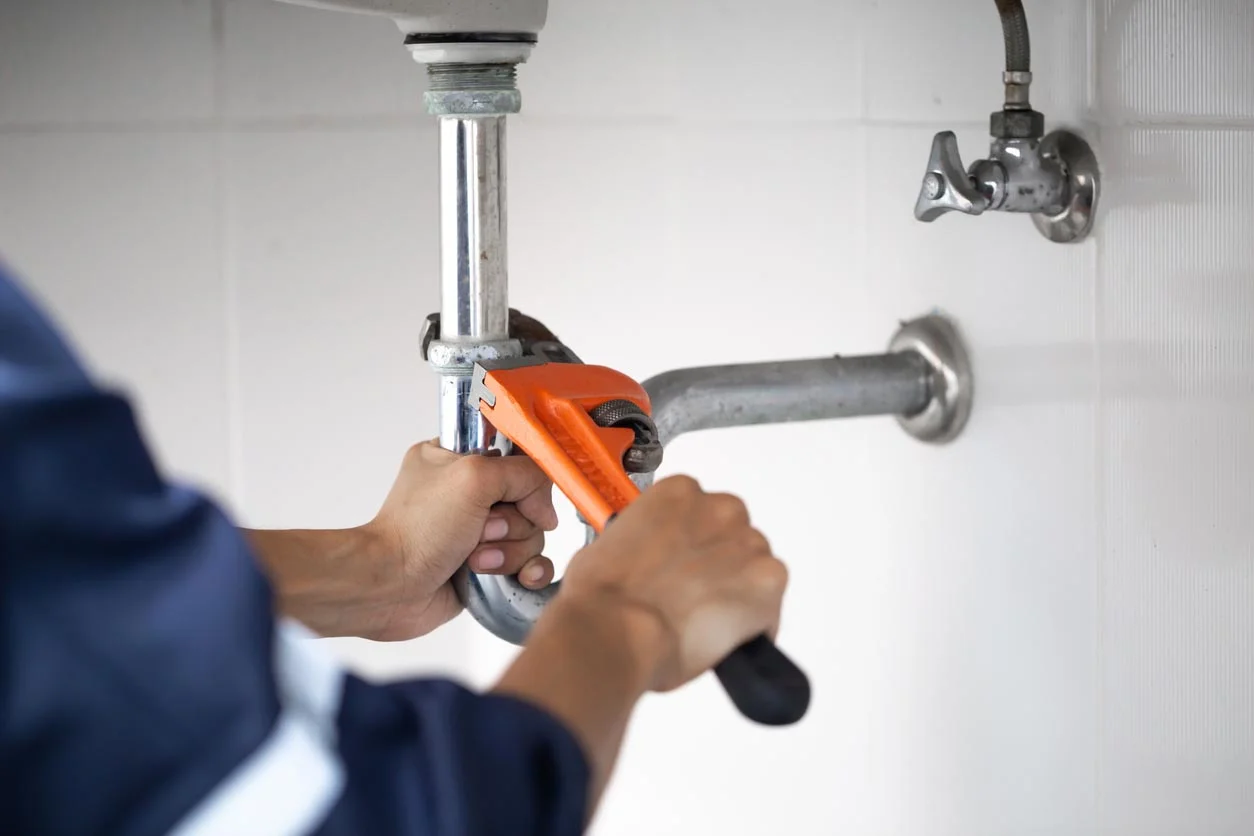I. Introduction
Creating a butterfly-friendly garden is not only a delight for nature lovers but also a crucial step in supporting the ecological balance. Butterflies play a vital role in pollination, contributing to the health of ecosystems. In this guide, we’ll explore the steps to transform your garden into a haven for these beautiful creatures.
II. Choosing Butterfly-Friendly Plants
Selecting the right plants is the foundation of a butterfly-friendly garden. Choose native plants with nectar-rich flowers that attract butterflies. Additionally, include host plants for caterpillars, creating a welcoming environment for the entire life cycle of butterflies.
III. Creating a Sunlit Haven
Butterflies thrive in sunlight, so ensure your garden receives adequate sunlight. Design your garden spaces to maximize exposure to sunlight, providing an inviting atmosphere for butterflies to bask and feed.
IV. Providing Shelter and Resting Spots
Choose suitable shrubs and trees that offer shelter and resting spots for butterflies. These features provide protection from weather elements and create a safe space for butterflies to rest between feeding sessions.
V. Avoiding Pesticides and Harmful Chemicals
Pesticides can be harmful to butterflies, as well as other beneficial insects. Opt for natural pest control methods, such as companion planting and introducing predator insects, to maintain a healthy garden without compromising butterfly populations.
VI. Incorporating Butterfly Feeders
Supplement natural nectar sources with butterfly feeders. Create homemade nectar solutions using sugar and water, and strategically place feeders in your garden. This provides an additional food source for butterflies.
VII. Butterfly-Friendly Water Sources
Include shallow water dishes and mud puddles in your garden to provide butterflies with accessible water sources. These features are essential for butterflies to stay hydrated and for females to lay eggs.
VIII. Planning for Continuous Blooms
Plan your garden to offer a variety of blooming plants throughout the seasons. This ensures a continuous supply of nectar, attracting butterflies year-round. Include early spring, summer, and fall-blooming plants for maximum appeal.
IX. Maintaining a Welcoming Environment
Regular pruning and weeding are essential for maintaining a clean and safe garden space. Eliminate invasive plants that may outcompete butterfly-friendly species and create an environment that is both beautiful and functional.
X. Educating and Involving the Community
Spread awareness about the importance of butterfly-friendly gardens by hosting workshops and events. Encourage neighbors to join in creating butterfly-friendly spaces, fostering a sense of community involvement in ecological conservation.
XI. Documenting Butterfly Species
Keep a garden butterfly log to document the species visiting your garden. This not only provides valuable information for your own observation but also contributes to citizen science initiatives aimed at understanding butterfly populations.
XII. Designing Butterfly-Friendly Garden Spaces
Group plants strategically to help butterflies navigate your garden. Create butterfly-friendly corners and pathways with clusters of nectar-rich flowers, making it easy for butterflies to move from one feeding area to another.
XIII. Teaching Kids about Butterflies
Take advantage of educational opportunities within the garden to teach children about butterflies. Incorporate hands-on activities, such as butterfly-friendly crafts and planting sessions, to foster a love for nature.
XIV. Addressing Common Challenges
Be proactive in addressing common challenges in maintaining a butterfly-friendly garden. Deal with invasive species promptly and employ eco-friendly methods to mitigate potential garden pests without harming butterflies.
XV. Conclusion
In conclusion, creating a butterfly-friendly garden is a rewarding endeavor that not only enhances the beauty of your outdoor space but also contributes to the well-being of local ecosystems. By following these steps, you can transform your garden into a haven for butterflies and play a role in supporting these essential pollinators.



